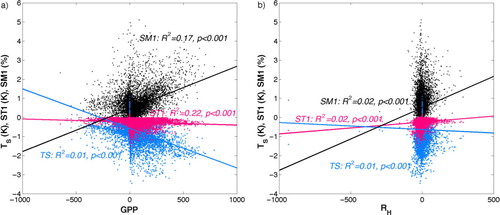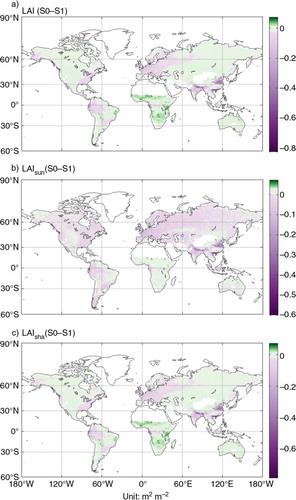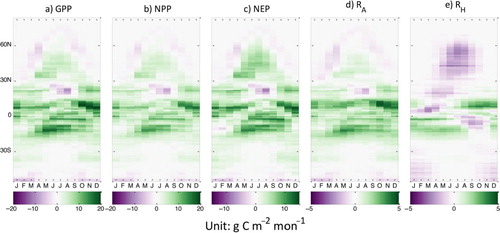Figures & data
Fig. 1 Global potential natural vegetation map used in this study. The map shown here is the map of the dominant plant functional types in each 1°×1° grid cell. The labels are: (1) ice; (2) Alpine tundra and polar deserts; (3) wet tundra; (4) boreal forest; (5) temperate coniferous forest; (6) temperate deciduous forest; (7) grasslands; (8) xeric shrublands; (9) tropical forests; (10) xeric woodland; (11) temperate broadleaved evergreen forest; (12) Mediterranean shrublands.
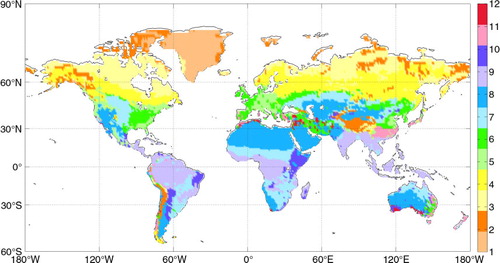
Table 1. MODIS parameters used in the calculation of downward solar radiation
Fig. 2 Annual mean land surface solar radiation of 2003–2010 estimated with or without aerosols and their differences. The difference is calculated as the estimates with aerosols subtract the estimates without aerosols.
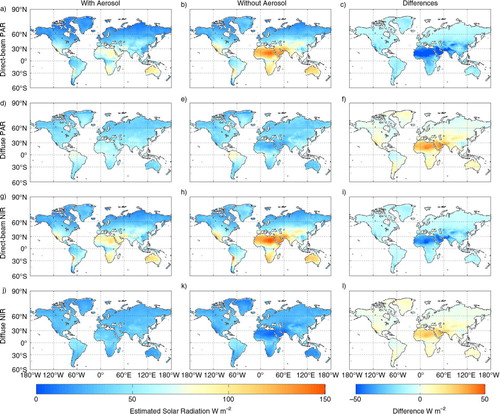
Fig. 3 Gap-filled 2003–2010 mean values of MODIS AOD, COD and cloud fraction over the global land area.

Fig. 4 Annually averaged differences of S0 and S1 carbon fluxes and land surface environmental variables over the period of 2003–2010. TS is the land surface temperature; ST1 and SM1 are the first soil layer temperature and volumetric moisture content, respectively.
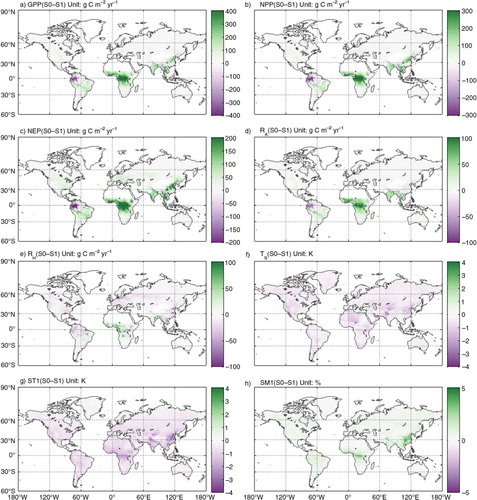
Fig. 5 Differences of the continent-based carbon fluxes over the study period. Error bars denote the standard deviation for the 8-yr values.

Fig. 7 Aerosol-induced changes of carbon fluxes and environmental variables at different leaf area index levels. The change is the difference between annual mean values of these variables of the S0 and S1 estimates.
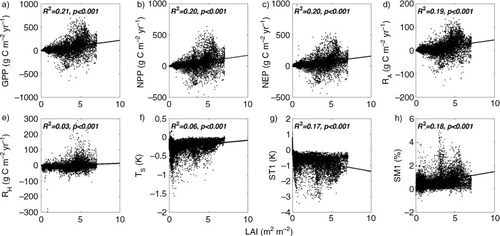
Fig. 8 Differences of plant functional type based carbon fluxes and environmental conditions over the study period. Error bars represent the standard deviation for the 8-yr values. TS is the land surface temperature; ST1 and SM1 are the first soil layer temperature and volumetric moisture content, respectively.
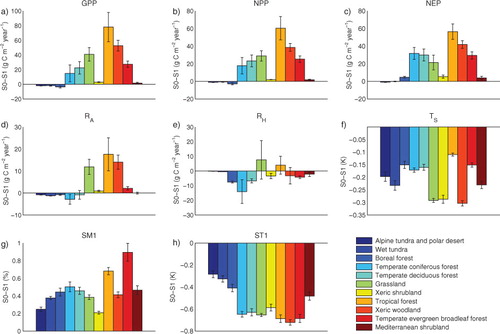
Fig. 9 Annual average leaf area index for each plant functional type of the S0 simulation. Error bars represent the standard deviation for the 8-yr values.
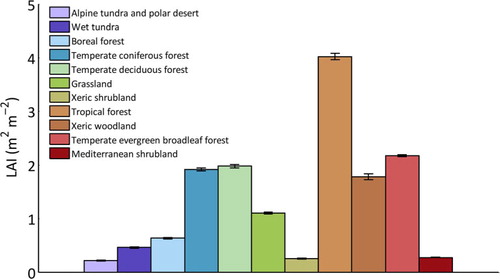
Fig. 10 Photosynthetic parameters for sunlit and shaded leaves. JC and JE: the leaf-scale Rubisco-limited photosynthesis rate and light-limited photosynthesis rate (Units: µmol CO2 m−2 s−1), respectively; GPPsun and GPPsha: canopy GPP (photosynthesis) for sunlit and shaded leaves (Units: g C m−2 yr−1), respectively; Tl: annual average leaf temperature (Units: K).
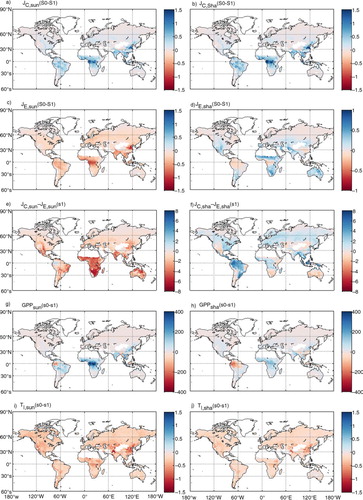
Fig. 11 Scatterplots of aerosol-induced changes of key carbon fluxes (GPP and RH) and environmental conditions (TS, ST1 and SM1). Units for the carbon fluxes are g C m−2 yr−1.
